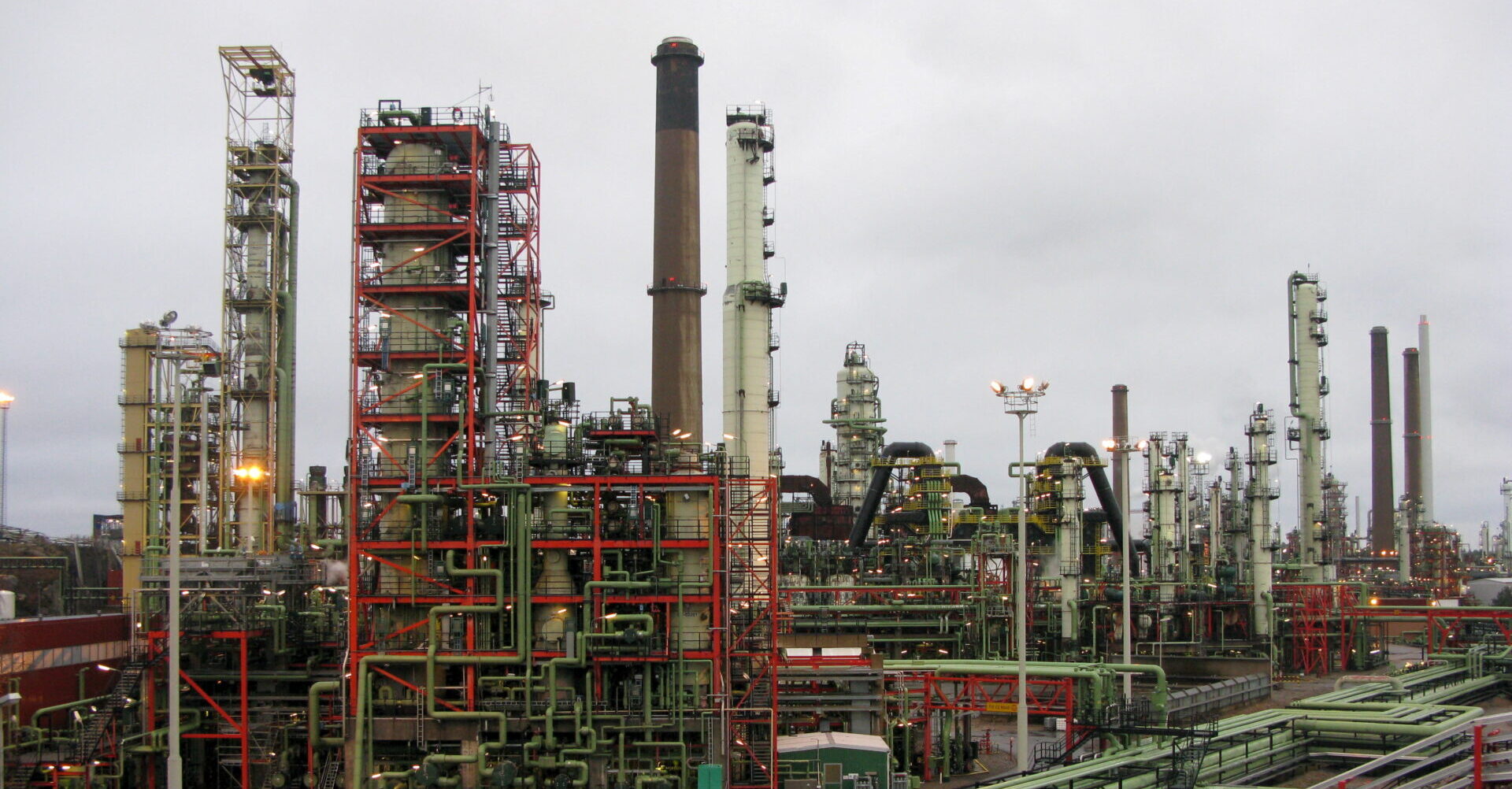Introduction
Sustainable fuels are a broad area, including green hydrogen and biofuels. To understand the GCC’s role, we consulted Thomas Rebeyrol a Infoquest Network Expert and former COO of ADNOC Distribution.
This Expert Insights piece explains the basics, clarifies misconceptions, and discusses the sustainable fuels market.
What Makes a Fuel “Sustainable”?
- Significantly reduces lifecycle GHG emissions compared to fossil fuels.
- Can be produced from renewable or low-carbon sources.
- Is scalable without long-term environmental damage.
“The goal is not zero emissions at the tailpipe—it’s near-zero across the full lifecycle.” Thomas Rebeyrol, and that lifecycle includes feedstock, production, transport, and use.
Two Families of Sustainable Fuels
- Biomass-Based Fuels:
- Biodiesel (vegetable oil, used cooking oil)
- Bioethanol (sugarcane or corn)
- SAF (Sustainable Aviation Fuel)
- Biogas / Biomethane (animal manure, organic waste)
- Hydrogen-Based Fuels:
- Green Hydrogen (renewable electricity splits water)
- Blue Hydrogen (natural gas + carbon capture)
- Ammonia (H₂ + nitrogen)
- E-Fuels (H₂ + captured CO₂ = synthetic fuels)
“E-fuels recreate a CH4 molecule by combining green hydrogen with captured CO₂. It’s synthetic fuel, net-zero if done right.” — Thomas Rebeyrol
Misconceptions vs Reality
“Used cooking oil is limited by nature. The feedstock race is very real.” Thomas Rebeyrol
The GCC Advantage
Geography
- Positioned between Asia and Europe
- Access to feedstock (imports from Asia) and offtake markets (EU, Japan, Korea)
Infrastructure
- Advanced refining, storage, and export facilities
- Ports like Yanbu, Ruwais, and Sohar already process blended fuels
Capital
- State-backed giants like ADNOC and Aramco have committed billions to biofuels, SAF, and ammonia
“The GCC has infrastructure, geographic positioning, and capital—all in one place.” — Thomas Rebeyrol
Why the Molecule Matters
Each fuel has tradeoffs:
- Green Hydrogen:
- No emissions
- Requires massive electricity inputs and water
- Blue Hydrogen:
- Uses existing gas supply
- Still emits, but captures CO₂
- Ammonia:
- Easier to store than hydrogen
- Toxic, requires careful handling
- SAF:
- Drop in for aviation
- Feedstock is scarce
- E-Fuels:
- Synthetic, net-zero if powered right
- Expensive, limited scale for now
Where Is the GCC Today?
- UAE:
- Ruwais refinery producing SAF and biodiesel
- 2M tons/year blue ammonia ramp-up in progress
- Saudi Arabia:
- Jubail refinery converting to SAF
- Aramco/Total JV underway
- Oman & Qatar:
- Building early-stage ammonia/hydrogen export hubs
These are billion-dollar commitments, not trials.
What Comes Next?
- Feedstock Security:
- Asia’s cooking oil won’t be enough.
- Synthetic fuels (e-fuels) are the future but are costly.
- Offtake Contracts:
- Projects need guaranteed buyers.
- Airlines, refiners, and steel producers must sign long-term contracts.
- Policy Support:
- Government mandates and carbon pricing will drive demand.
Conclusion: The Future Isn’t Just Green, It’s Complex
For consultants, developers, and investors, “sustainable fuel” is a matrix of tech, policy, logistics, and finance. For guidance on this market and much deeper insights, contact us at info@iqnetwork.co or here to get access to our vast network of experts.


